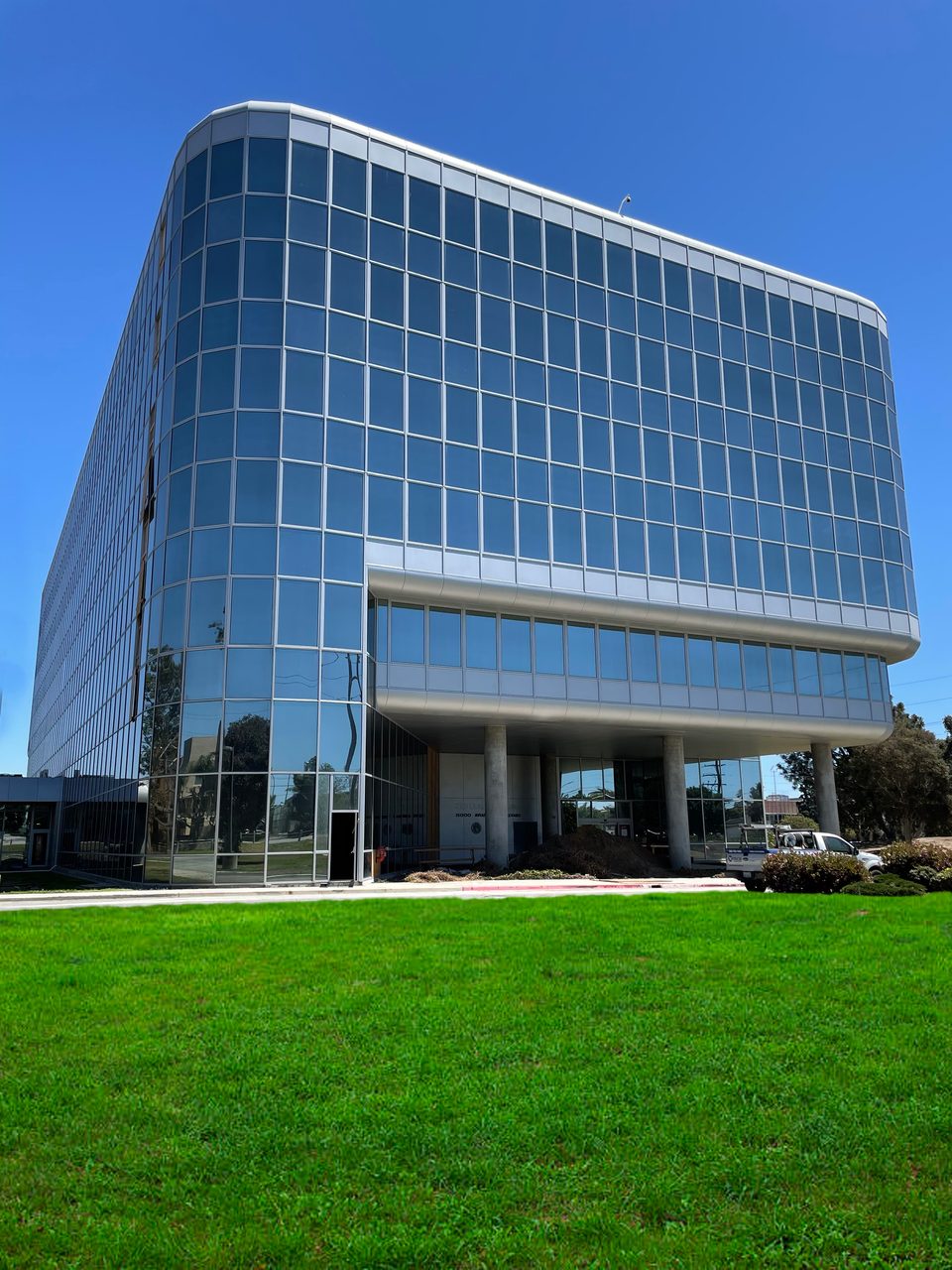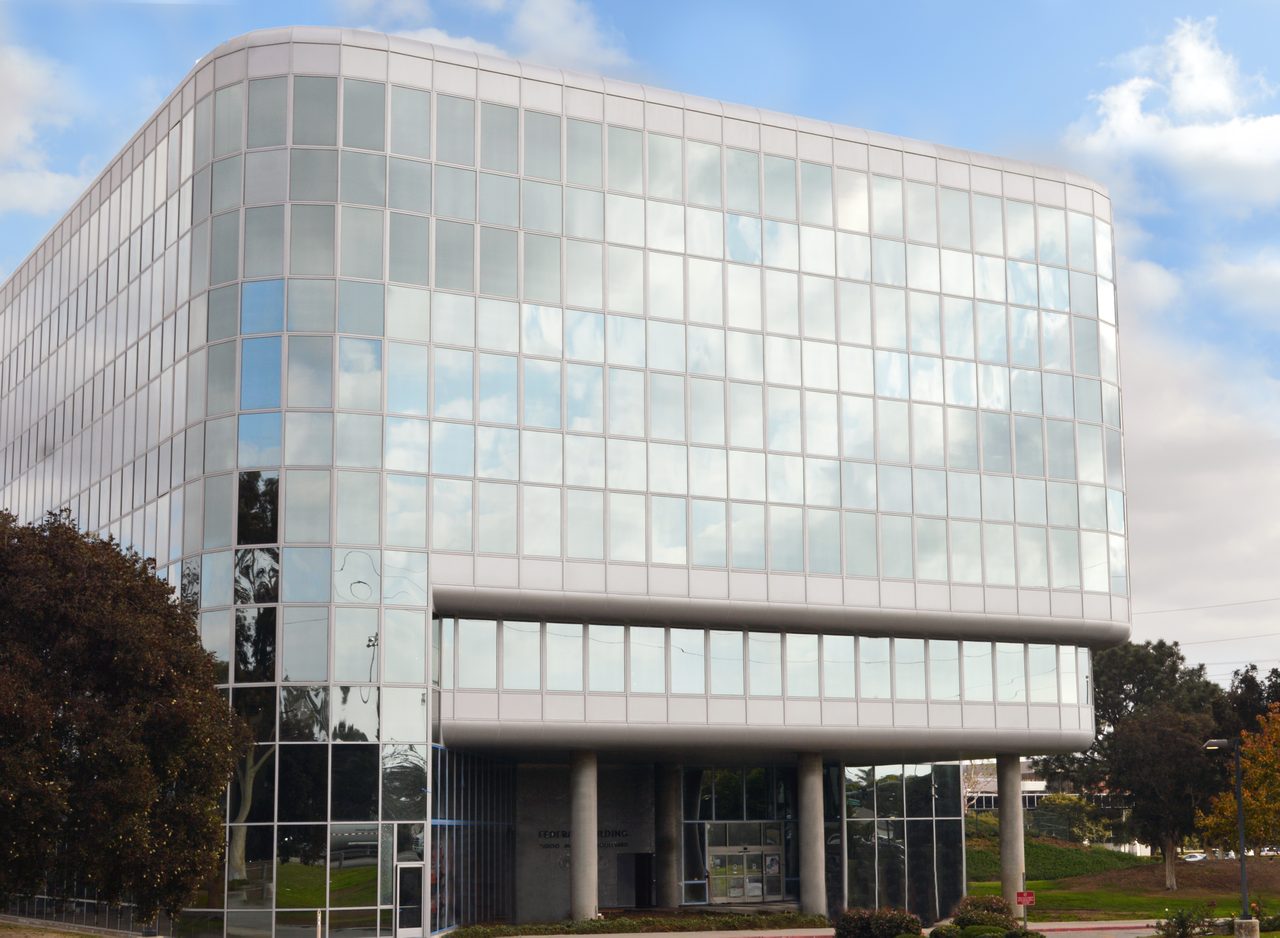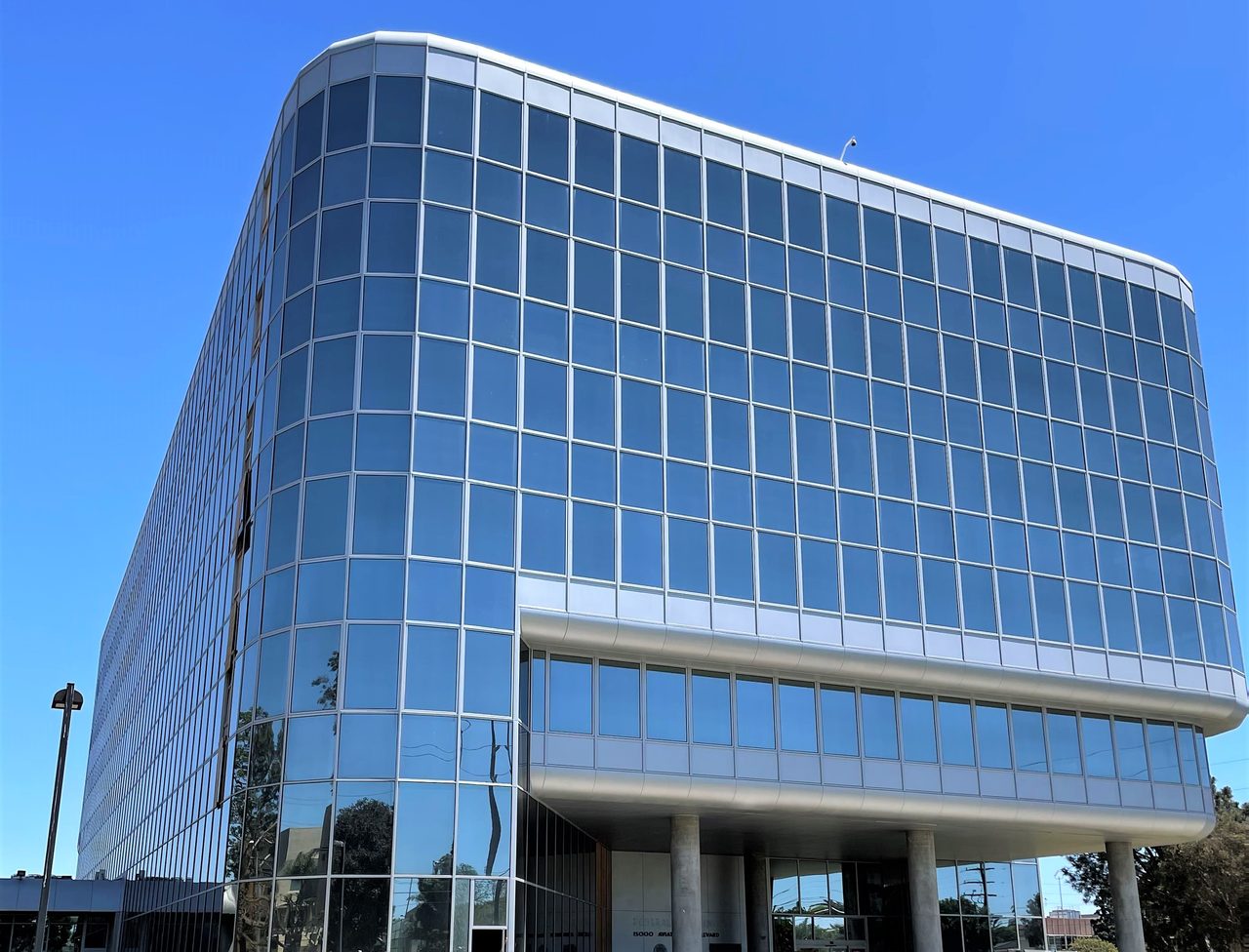Expedited Project Proceeded Smoothly and Successfully
At the building owner's request, Stuart Dean expedited the coating project, manning it with up to 16 technicians at a time to complete the work in five months.
In addition to the surface preparation work and applying primer and topcoat, Stuart Dean also removed 60,000 linear feet of sealants around metal-to-metal and metal-to-glass joints, as well as around gaskets, and replaced them with 100 percent silicone sealants that would allow the new coating to adhere properly and provide a 20-30 year service life.
As they did with the mockup process, APV remained fully involved with the application process, making several onsite visits, meeting with the building owner, and conducting a final quality assurance evaluation at the end to support the 15-year product-and-labor guarantee APV provides to building owners.
"One of the reasons water-based NeverFade is ideal for these field applications is its ultra-low VOC content and lack of nuisance odors," said Incorvaia. "In fact, it is one of very few high-performance coatings to meet strict SCAQMD Rule 1113 environmental regulations in California. And because we were able to brush-roll the primer and first layer of topcoat, we didn't have to worry about overspray or windborne spray damaging surrounding cars or buildings."


